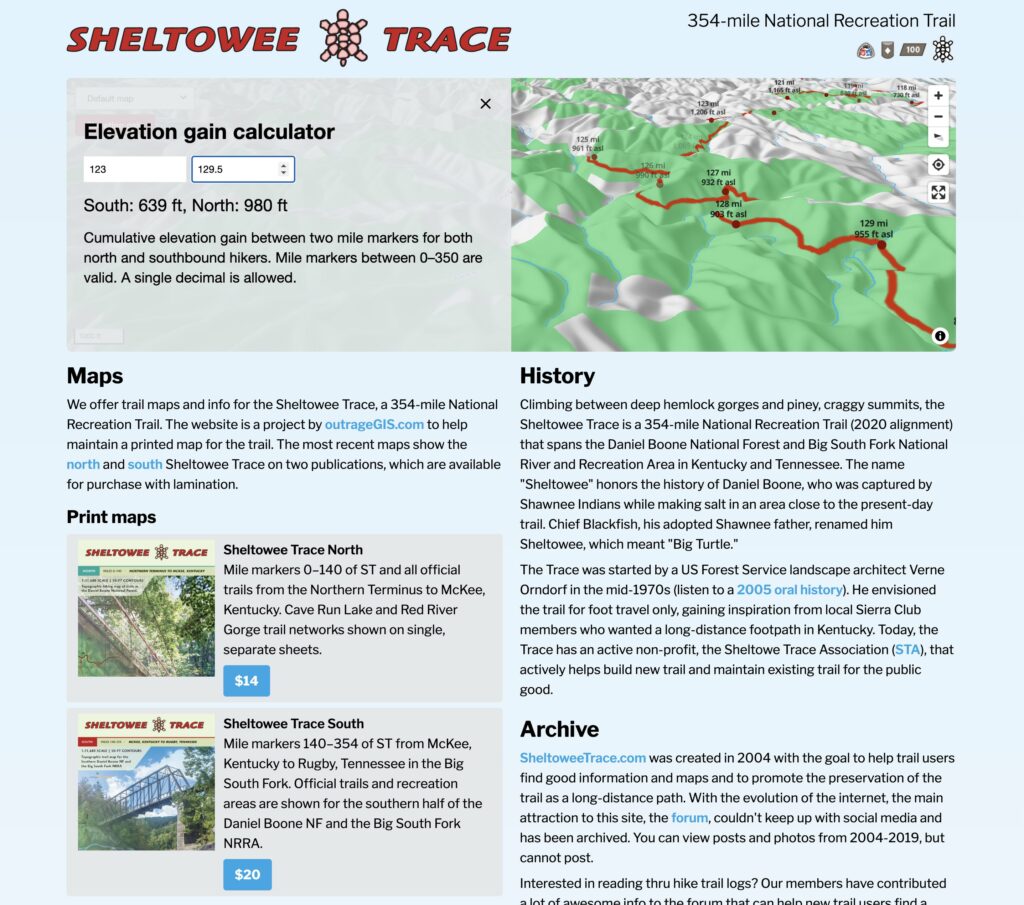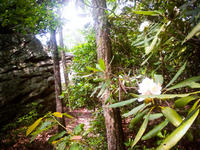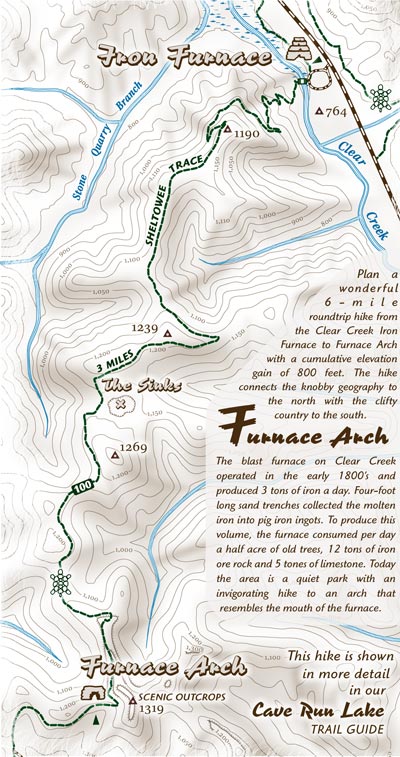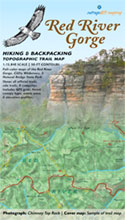We love hiking the Sheltowee Trace. Often, we want to know how much vertical elevation gain we have accumulated over a longer hike. To this end, we’ve added a cumulative elevation gain calculator to sheltoweetrace.com. Give it a try and tell us what you think.


 Cave Run Lake Trail Guide
Cave Run Lake Trail Guide





 Red River Gorge Backpacking Map
Red River Gorge Backpacking Map


